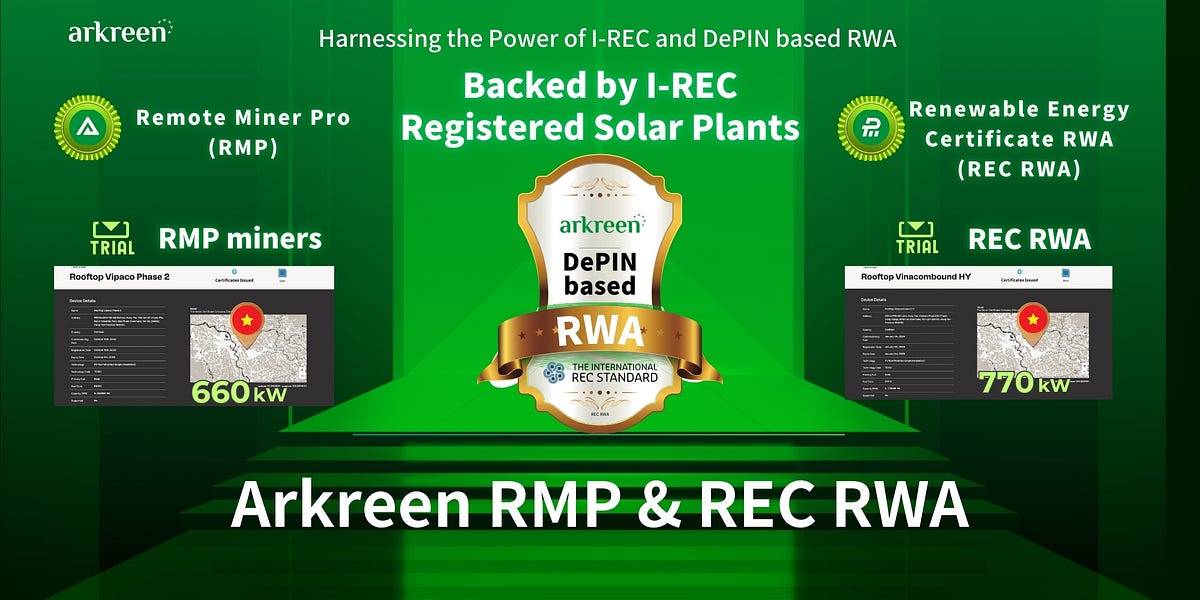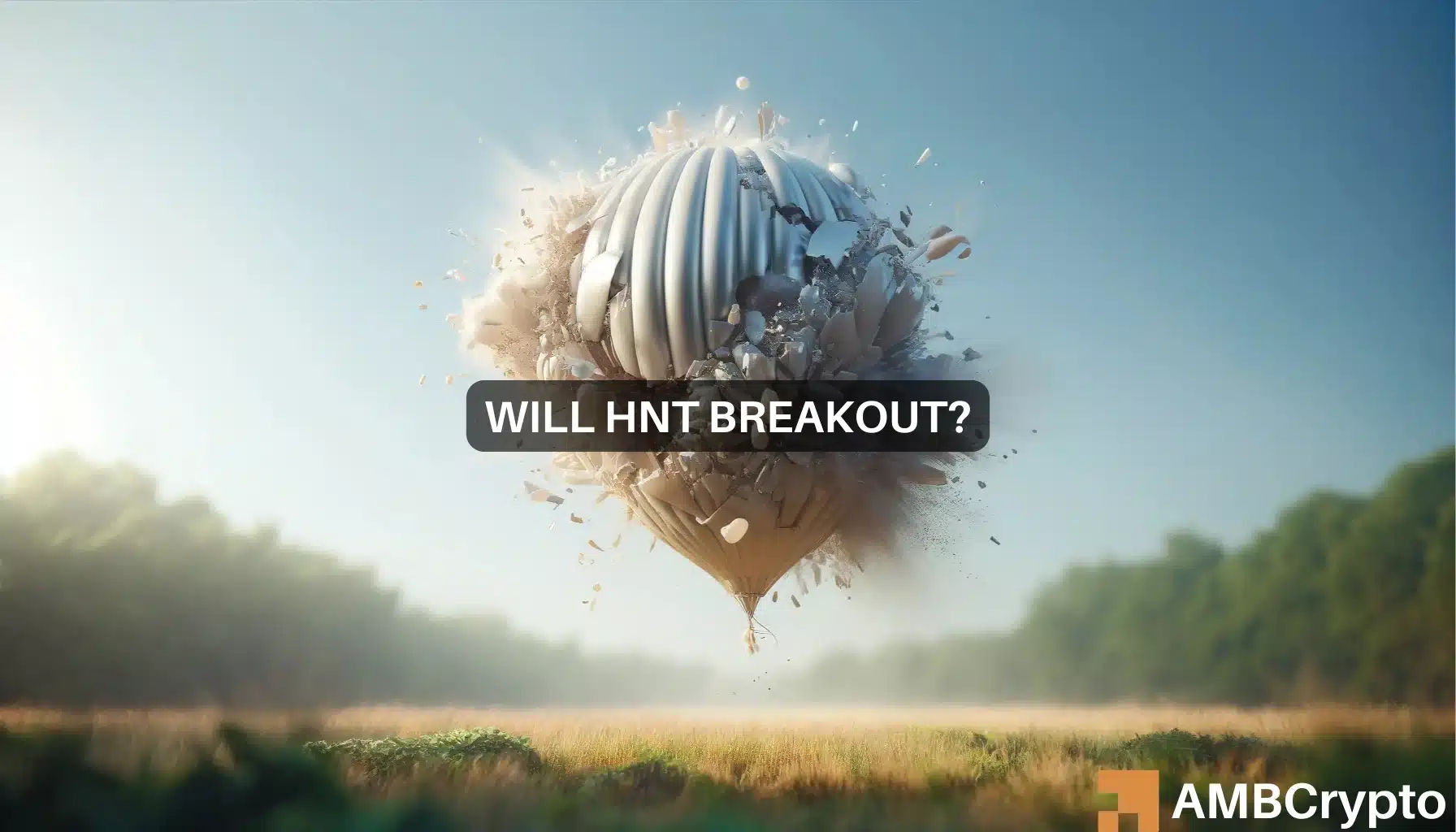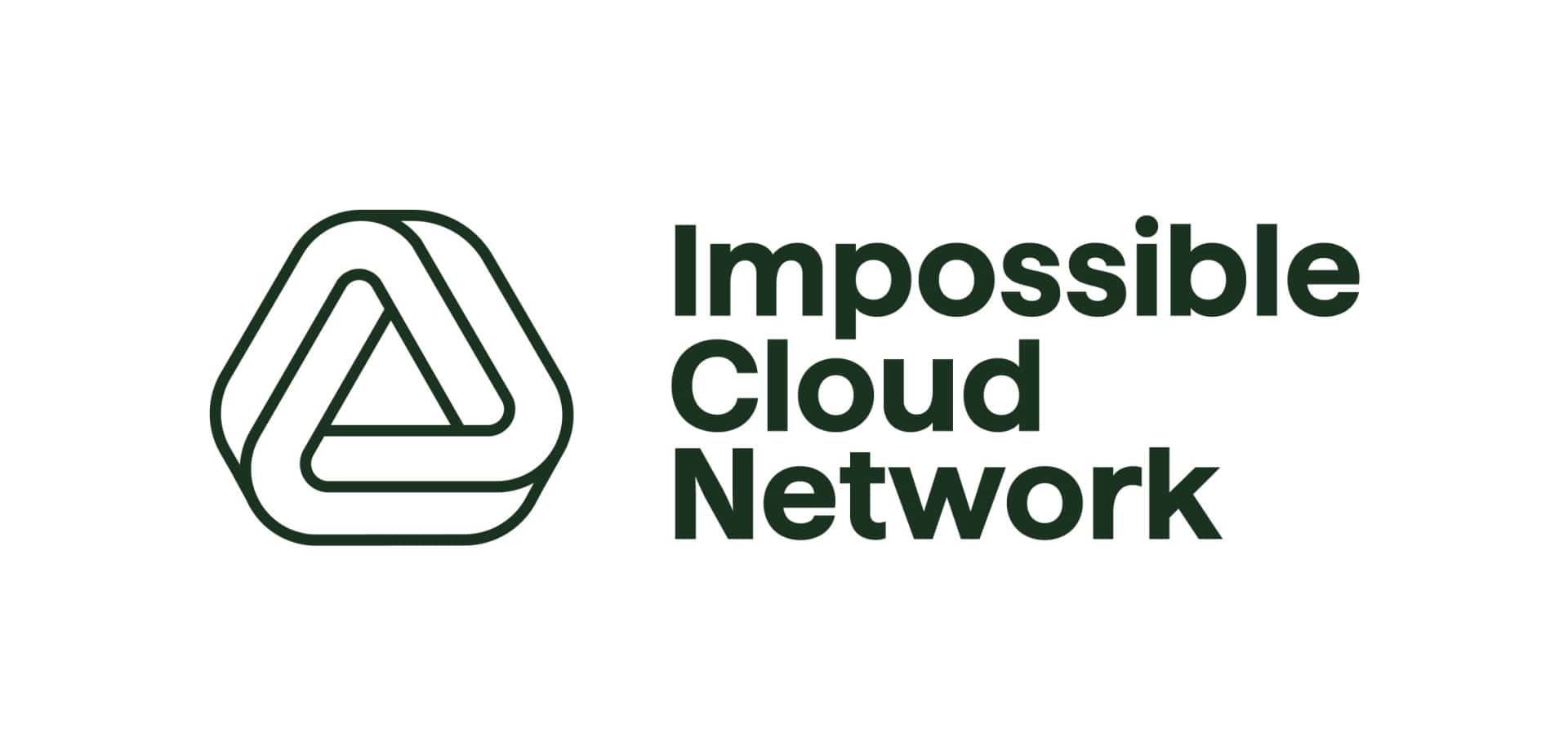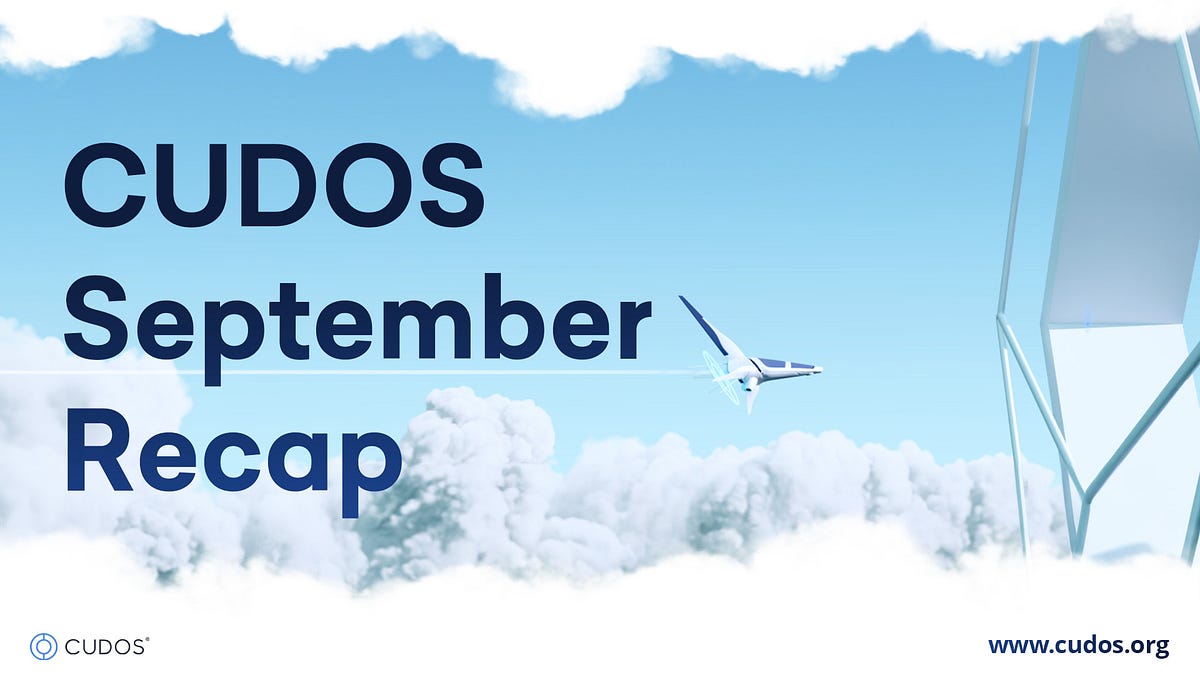Latest DePIN News

a year ago
Insights from the First Two Weeks of the Incentivized Testnet
The first two weeks of the Incentivized Testnet have provided valuable insights into the distribution of rewards among relays, revealing trends that are crucial for optimizing the network's performance. Utilizing data from the Smartweave Distribution Contract, the analysis indicates that the current reward emission rate is at 25% of what will be seen on the mainnet. On average, relays are earning 0.4 tokens per day, with those in the upper quartile earning 0.75 tokens. A significant correlation has been observed between the rewards and the bandwidth of relays, suggesting that higher bandwidth directly influences the amount of tokens distributed. This relationship is vital as it aligns with the network's primary need for increased capacity, particularly for exit nodes that handle more traffic.
Geolocation data has also been made available, showcasing the distribution of relays across various regions. The mapping of relays onto H3 hexagons highlights areas with dense relay populations, indicating potential overlaps in server providers. The introduction of geolocation multipliers aims to incentivize diversity by penalizing relays in overcrowded IP ranges, thus encouraging operators to utilize more residential IPs. This strategy not only promotes a more balanced network but also addresses the risk of malicious actors attempting to de-anonymize users by ensuring a wider geographical spread of relays.
Another critical aspect of the incentive structure is the introduction of uptime rewards, which will be integrated into the upcoming AO distribution logic. This initiative aims to create a fairer reward system by recognizing relays that maintain consistent uptime, thereby encouraging participation from smaller operators. As the network evolves, it is essential to engage in discussions about its future direction, focusing on outreach, education, and governance to foster a resilient and diverse relay ecosystem. The journey for Anyone is just beginning, and these insights will guide its development moving forward.

a year ago
Arkreen Launches Innovative RMP and REC RWA Miners to Transform Green Energy Engagement
Arkreen has unveiled two innovative additions to its miner portfolio: the Remote Miner Pro (RMP) and the Renewable Energy Certificate Real World Asset (REC RWA). These advancements aim to transform community engagement with renewable energy assets over the coming decade. Supported by the I-REC, the largest REC registry globally, these miners utilize a DePIN-based RWA model to enhance transparency and accessibility in monetizing renewable energy through an on-chain economy. The DePIN-based RWAs are blockchain-native assets characterized by high transparency and credibility, revolutionizing asset lifecycle management and improving operational efficiency in the green energy sector.
The RMP miner, powered by a 660KW commercial solar plant in Vietnam, is designed to meet local businesses' energy needs while providing reliable green energy data. Community members can access real-time data, images, and key parameters through the Arkreen dashboard, fostering transparency and trust in this digital green asset. The RMP miner simplifies tracking green energy generation and $AKRE rewards via on-chain records, encouraging community engagement and oversight. To celebrate the launch, Arkreen is offering a special promotion for the first batch of 1,320 RMP miners, each with a capacity of 500W, available for $58 per unit per year.
In addition to the RMP miners, Arkreen is introducing the REC RWA, which represents a breakthrough in the green energy certificate space. This initiative combines green energy, DePIN, and AI to facilitate the tokenization of real-world green energy certificate assets, making them more accessible and tradable. The REC RWA allows community members to self-certify green energy data, registered with the I-REC off-chain, and engage in trading these assets with on-chain liquidity. Arkreen's strategy aims to scale the REC RWA initiative significantly, targeting an annual asset valuation of approximately 500MW and unlocking 50GW of REC RWA assets. This commitment to advancing green energy mining and tokenization reflects Arkreen's vision for a decentralized and sustainable future in renewable energy.

a year ago
Streamr Reaches 1.0 Mainnet Milestone and Focuses on Protocol Adoption
The Streamr team has reached a significant milestone with the completion of their 1.0 Mainnet, marking the end of their 2017 roadmap. This achievement allows the team to transition from research and development to focusing on full protocol adoption. The overarching goal remains to revolutionize the data streaming landscape through decentralized, peer-to-peer technology. The team has successfully built a feature-complete decentralized publish/subscribe network, incorporating elements such as censorship-resistant messaging, end-to-end encryption, and a robust tokenomics model designed to incentivize operators. However, the journey ahead involves redefining a multi-billion dollar industry dominated by established players, and the team is calling for community support to achieve this vision.
Currently, the Streamr DAO is voting on SIP-22, which proposes to unlock an additional 100 million DATA tokens from reserves to fund ongoing development as existing funds are projected to run out early next year. The current monthly project expenses are around $230,000, with a notable decrease in development costs since the completion of major tech building blocks. The allocation of resources is strategically focused on marketing, protocol development, and operational costs, with the aim of achieving a 30% growth in network usage and diversifying funding sources. The team is also prioritizing the delivery of high-profile use cases, including live video broadcasting, to demonstrate the network's capabilities.
Streamr is actively pursuing commercial adoption across various sectors, including decentralized physical infrastructure networks (DePIN), live video streaming, defense communications, and AI integration. The team has onboarded multiple partners and is exploring innovative use cases that leverage the unique strengths of the Streamr Network. With a focus on enhancing video delivery and establishing secure communication channels for defense applications, Streamr aims to position itself as a leader in decentralized cloud technologies, contributing to a more resilient data management ecosystem. As the community prepares to vote on SIP-22, the team emphasizes the importance of collective participation in shaping the future of the Streamr Network.

a year ago
Musk to Mars Memecoin Launch Sparks Investor Excitement
The launch of Musk to Mars (MUSKMARS), a new memecoin on the Solana blockchain, has generated significant excitement among investors. With predictions suggesting a potential price surge of over 16,000% in the coming days, early adopters are eager to capitalize on this opportunity. The anticipated listing of MUSKMARS on various cryptocurrency exchanges is expected to attract millions of new investors, creating a buying frenzy that could drive the price higher. This scenario mirrors the explosive growth seen with previous memecoins like Shiba Inu (SHIB) and Dogecoin (DOGE), which turned early investors into multi-millionaires.
Currently, Musk to Mars is only available for purchase on Solana's decentralized exchanges, such as Jup.ag and Raydium.io. The coin launched with more than $8,000 in liquidity, providing it with a competitive edge over many other new memecoins. Investors looking to buy MUSKMARS must connect their wallets, such as Solflare, MetaMask, or Phantom, and swap Solana for the memecoin using its contract address. This process is relatively straightforward, and those without a wallet can set one up quickly to begin trading.
The ongoing trend of investing in new Solana memecoins comes as larger memecoins like SHIB, DOGE, and DogWifHat (WIF) have shown signs of stagnation. As these established coins trade sideways, many investors are shifting their focus to the potential high returns offered by new entrants like MUSKMARS. While these memecoins lack inherent utility and value, the allure of rapid price increases continues to attract speculative investors hoping to replicate the success of earlier memecoins. Should MUSKMARS follow a similar trajectory, it could pave the way for a new generation of memecoin millionaires in the near future.

a year ago
Roam: Pioneering Decentralized WiFi Roaming and Telecom Infrastructure
Roam, a decentralized WiFi roaming network, is emerging as a key player in the DePIN (Decentralized Physical Infrastructure Network) ecosystem. Unlike other projects that focus on niche areas, Roam aims to create a global open wireless network that supports decentralized telecom services. A significant challenge in decentralized systems is the manipulation of location data, particularly in gaming, where users exploit GPS systems to bypass geographic restrictions. Roam addresses this issue by employing decentralized identities (DIDs) and verifiable credentials (VCs) to ensure accurate GPS data, thereby reducing the risks associated with location-based exploits.
Currently operational in over 190 countries with around 750,000 self-deployed nodes, Roam connects users to a vast network of 3.5 million OpenRoaming™ nodes. The Roam app facilitates seamless connectivity, allowing users to automatically connect to available nodes without repeated logins. Central to Roam's protocol is its user identity verification system, which creates a digital identity upon app installation. This system ensures that user identities are verified each time they access a WiFi node, enhancing security and privacy across the network.
Roam's ambitions extend beyond WiFi services, as it seeks to establish itself as a decentralized telecom data layer, similar to how Layer 1 blockchains provide infrastructure for decentralized applications. The network collects and records user data on the Solana blockchain, contributing to a decentralized ledger of telecom data. Roam also encourages community participation through a mining system that rewards users with Roam Points for operating WiFi nodes. With a vision to become a public utility within the DePIN sector, Roam is poised to play a crucial role in the future of decentralized networks, fostering an open-access model that attracts more projects to its ecosystem.

a year ago
Ankr Integrates with TON Blockchain to Simplify DApp Development
Web3基础设施平台Ankr最近宣布与开放网络(TON)区块链的集成,这一举措将为开发者提供更便捷的去中心化应用(DApps)开发体验,特别是针对Telegram用户。根据10月24日的公告,这一集成将消除TON的节点设置,节省开发者在构建、校准和修复问题上所需的时间。Telegram的用户群体估计达到9.5亿,基于TON的热门DApps包括Telegram Mini Apps,例如Hamster Kombat,这款tap-to-earn游戏在短短几个月内吸引了超过3亿玩家。
通过此次集成,Ankr将提供远程过程调用(RPC)连接,使开发者能够直接与TON网络进行交互,执行交易、获取钱包余额和检索所有权信息等任务。TON的RPC端点将通过Asphere部署,成为一个全球范围内低延迟的区块链节点的地理分布网络。Ankr的联合创始人兼首席执行官Chandler Song表示:“由于这款消息应用在我们的行业中至关重要,我们非常期待看到创新的新功能随着构建障碍的消除而实现。”
TON区块链还提供了自己的RPC服务,允许开发者直接与网络互动以构建Telegram上的DApps。然而,Ankr表示,其与TON网络的集成消除了节点管理的复杂性。此外,TON基金会最近选择了Axelar的Mobius Development Stack(MDS)来连接其生态系统与68个网络,允许开发者跨多个区块链构建DApps,消除了通过互操作性层的桥接解决方案的需求。值得一提的是,TON区块链在9月份获得了来自加密交易所Bitget和Foresight Ventures的3000万美元战略投资,旨在加速TON基础应用的开发,尤其是像Hamster Kombat和Notcoin这样的游戏。

a year ago
Helium (HNT) Approaches Critical Breakout Zone with Bullish Sentiment
Helium (HNT) has recently garnered significant attention as it approaches a critical breakout zone, with potential for a price surge if it can overcome key resistance levels. Trading at $7.08 at the time of reporting, HNT has experienced a notable 17% increase over the past week. This upward momentum has brought the token close to a pivotal resistance level at $8.00, raising the question of whether HNT can maintain this momentum and trigger a larger bullish rally. The formation of a symmetrical triangle pattern on Helium's chart suggests that a significant price movement may be imminent, particularly if the token can break through the upper trendline of the triangle.
Technical indicators present a mixed outlook for HNT. The MACD shows positive signals, with the MACD line crossing above the signal line, indicating upward momentum. Additionally, the histogram has turned green, reinforcing a bullish perspective. However, the Stochastic RSI indicates that HNT is currently in the overbought zone at 98, suggesting a potential brief pullback before any further upward movement. If this pullback remains minor, it could pave the way for another surge in HNT's price, supporting the overall bullish narrative.
Whale accumulation further underscores the growing confidence in HNT, as large investors control 58.86% of the stablecoin supply, indicating strong interest among major players. The Open Interest (OI)-Weighted Funding Rate for HNT also reflects increasing bullish sentiment among futures traders, sitting at 0.0192%. This suggests that more traders are betting on price increases, willing to pay to maintain their long positions. As traders remain cautious of potential short-term pullbacks, the focus will be on whether HNT can break above the $8.00 resistance and sustain its upward trajectory towards $9.00 or beyond.

a year ago
Impossible Cloud Network Launches Incentivized Testnet to Drive Decentralized Cloud Adoption
Impossible Cloud Network (ICN) has announced the launch of its incentivized testnet, marking a significant step towards establishing itself as a leading decentralized cloud infrastructure provider. With a strong foundation built on the expertise of Impossible Cloud GmbH, which serves over 1,000 enterprise clients, ICN aims to leverage its web2 experience to create a scalable, multi-service cloud platform. The testnet invites blockchain developers and community members to engage with the platform, providing a hands-on environment to explore features and contribute to its development ahead of the mainnet release scheduled for next year.
The testnet serves two primary objectives: refining the platform for stability and functionality, and enhancing community engagement. By simulating real-world conditions, ICN aims to onboard more validators, ensuring a smooth transition to the mainnet. Participants will have the opportunity to contribute to performance improvements while being recognized for their efforts. A FairDrop mechanism will reward the top 20,000 contributors with a share of 10.5 million ICNT tokens, emphasizing genuine contributions such as bug reports and feature testing.
Backed by notable investors, including 1kx and HV Capital, Impossible Cloud has successfully raised $18 million to date. The company plans to further decentralize its network through a node sale and the introduction of a native token for decentralized governance. With its innovative approach, ICN is poised to provide an enterprise-grade alternative to traditional cloud providers, aiming to become a decentralized leader in the cloud services space, akin to AWS but with a community-driven focus.

a year ago
CUDOS Achieves Major Milestones in September with ASI Merger and Infrastructure Expansion
September marked a transformative month for CUDOS, characterized by significant developments, impressive growth metrics, and strategic partnerships. A highlight was the proposal for CUDOS to join the Artificial Superintelligence Alliance (ASI), aiming to synergize AI and cloud computing for sustainable innovation. The community's enthusiastic response culminated in a successful vote for the merger, paving the way for a new chapter in CUDOS's evolution. Detailed resources, including a voting guide and migration steps for the upcoming token merger with $FET, have been made available to assist users in this transition.
The month also witnessed remarkable operational achievements, with a staggering 8,475 new virtual machines (VMs) deployed, reflecting a 159% increase from the previous month. This surge brought the total number of VMs across the CUDOS Intercloud to nearly 30,000. Additionally, the user base surpassed 11,000, and the platform logged over 500,000 compute hours, showcasing the diverse workloads being supported. Financially, CUDOS generated over $700,000 in revenue, underscoring its robust performance and growing adoption in the market.
Infrastructure expansion was another key focus, with the establishment of new data centers in Norway and the USA, enhancing global computing capabilities. These facilities are equipped with advanced hardware to ensure efficient service delivery. Furthermore, CUDOS engaged with the community through events and discussions, including an AMA with CEO Matt Hawkins, who emphasized the merger's potential benefits. The media also recognized these milestones, with coverage in platforms like Cointelegraph, highlighting CUDOS's commitment to advancing AI and decentralized computing. Looking ahead, CUDOS is poised for continued growth and innovation, thanks to the unwavering support of its community.

a year ago
Solana's Innovations Overlooked in EVM-Biased Report
In a recent analysis of a16z's report on the "State of the Crypto Industry," Lily Liu, Chair of the Solana Foundation, highlights a notable EVM bias that overlooks Solana's impressive achievements in transaction fees, NFTs, and the DeFi market. Despite Solana leading in NFT addresses and transaction volume over the past year, the report fails to acknowledge significant innovations in decentralized physical infrastructure networks (DePIN), such as Helium and Hivemapper, which thrive within the Solana ecosystem. Liu argues that the report's binary framework, which positions EVM and non-EVM ecosystems as oppositional, misrepresents the true landscape of blockchain development and user engagement.
Liu emphasizes the importance of transaction fees as a more meaningful metric for assessing ecosystem activity and health, rather than relying solely on active addresses or Total Value Locked (TVL). Since introducing a fee market, Solana's transaction fee market share has surged from below 1.5% to consistently above 10%, peaking at 25% in July 2024. This shift indicates a growing economic value within the Solana ecosystem, narrowing the gap with Ethereum when considering Real Economic Value (REV). Furthermore, Liu critiques the report's gaming sector analysis, which fails to adequately include non-EVM networks like Solana, leading to incomplete comparisons that do not reflect the full blockchain gaming ecosystem.
Additionally, Liu points out that the report's focus on TVL for DeFi comparisons is insufficient, as it overlooks critical metrics such as transaction volume. While Solana's TVL is only 10% of Ethereum's, its monthly DEX transaction volume often exceeds that of Ethereum, highlighting its capital efficiency. Liu also notes that Solana's low transaction costs have driven significant consumer behavior changes, exemplified by the success of platforms like Drip Haus. The absence of DePIN innovations within the report raises questions about its comprehensiveness, as groundbreaking projects like Helium and Hivemapper are primarily developing within the Solana ecosystem, showcasing the real-world applications of decentralized networks.
Signup for latest DePIN news and updates